
While Petra’s Treasury Building is arguably Jordan’s best known icon there’s much more to this country than this spectacular attraction.
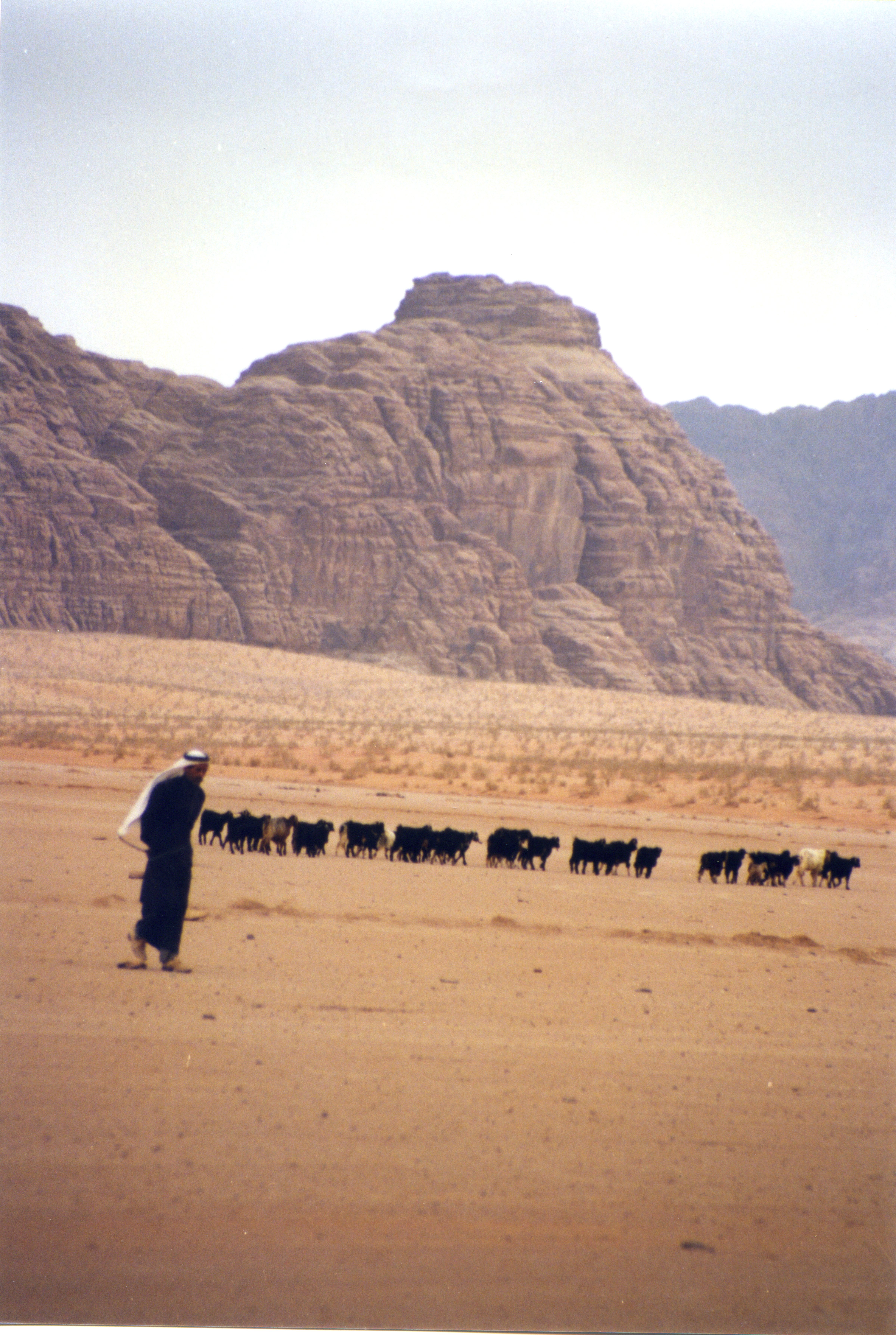
As three trips to Jordan in the past 10 years have revealed deserts, coral reefs, religious sites and Bedouins combine to create some unforgettable sights and travel experiences. There was the Bedouin shepherd on the Desert Highway cajoling his sheep to climb stairs up to a pedestrian overpass. Or driving through the desert and finding my bus in the midst of a sand storm that appeared from nowhere and disappeared just as quickly. Sharing the same stretch of desert are Bedouins on their mobile phones while tending their sheep and goats.
Driving around the desert and seeing signs to Saudi Arabia, Iraq, Syria and waking up in the Red Sea coastal town of Aqaba, renowned for its coral reefs, and looking out your window over to Israel is surreal. Passing a sign which states you are at sea level is eerie.
Then there is the thrill of driving along the ancient King’s Highway, one of the Middle East’s most historic and scenic roads. At one point the road precariously winds up and down another of Jordan’s spectacular sights, the grey and forbidding 1000 metre deep Wadi Mujib, ensuring an exciting as well as spectacular drive.
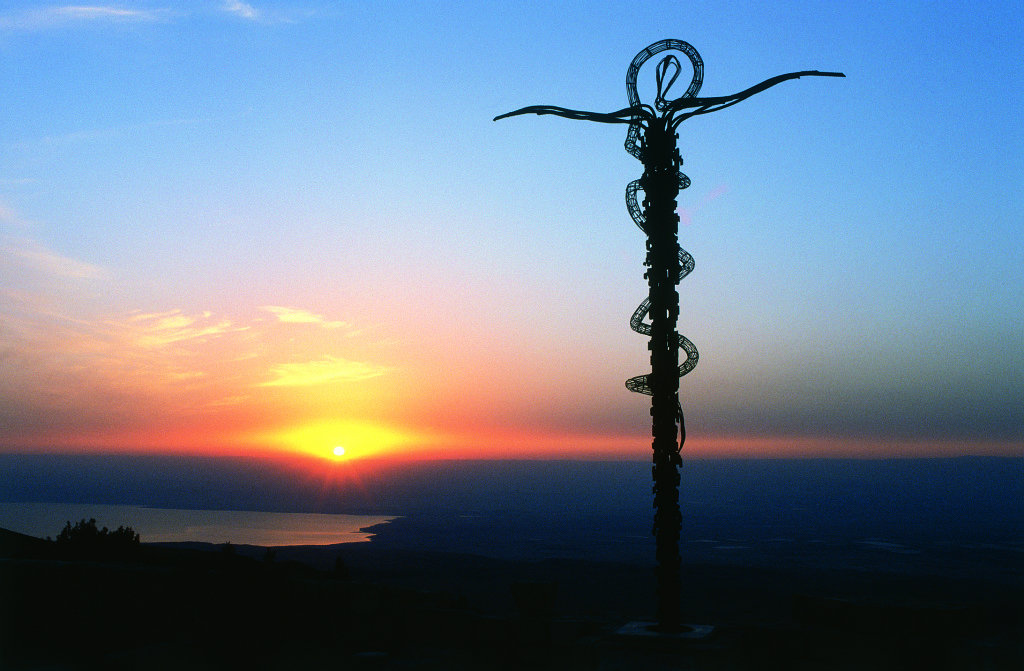
And there is the magical feeling of standing on the top of Mt Nebo where, according to the Bible, Moses saw the Promised Land but having disobeyed God, was not allowed to enter. Mt Nebo also houses a small church with amazing 6th Century mosaic. Providing totally different scenery is Wadi Rum, immortalised in celluloid as the desert of Lawrence of Arabia. Wadi Rum is amongst the most spectacular stretches of desert in the world.
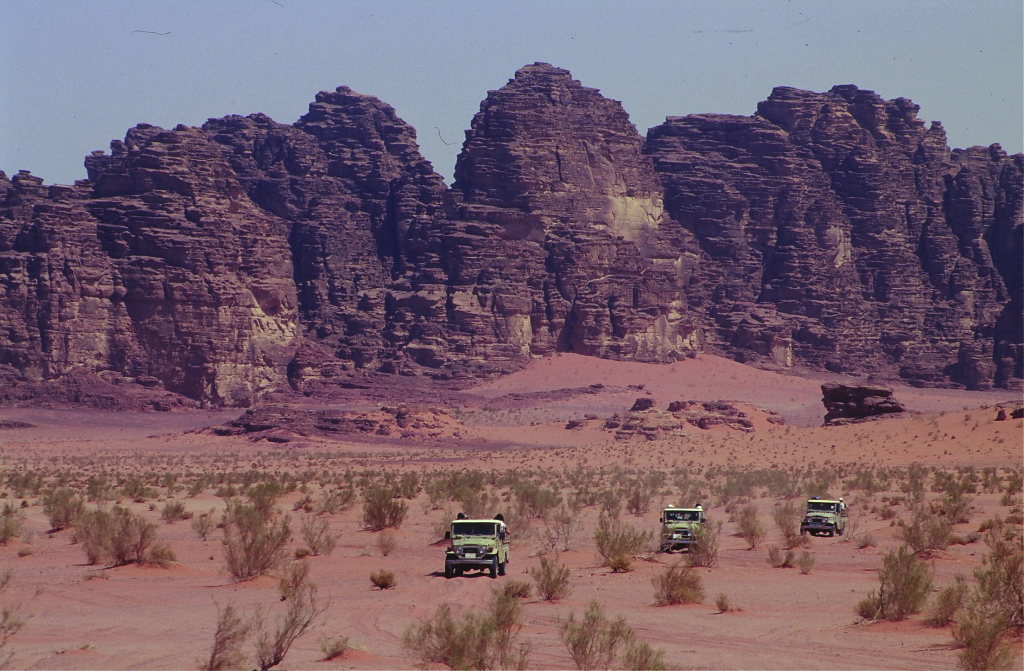
Image courtesy of Jordan Tourism Board
A cavernous valley over 130 kilometres in length, Rum is the result of an enormous upheaval that thrust granite and sandstone outcrops through the surface of the earth many million years ago.
Reaching heights of 1754 metres, the cliffs stand like skyscrapers in the hot sand along either side of the valley. Huge sand dunes, which certainly test the calf muscles, provide stunning views of the vista. Adding even more colour to the scene was the arrival of Bedouins on their camels.
The colours of the landscape continually change, from purple which lights up the dawn, to mauve and then brown by midday. In the afternoon the colours flow the other way, from brown to mauve then orange, purple and a hot red at dusk.
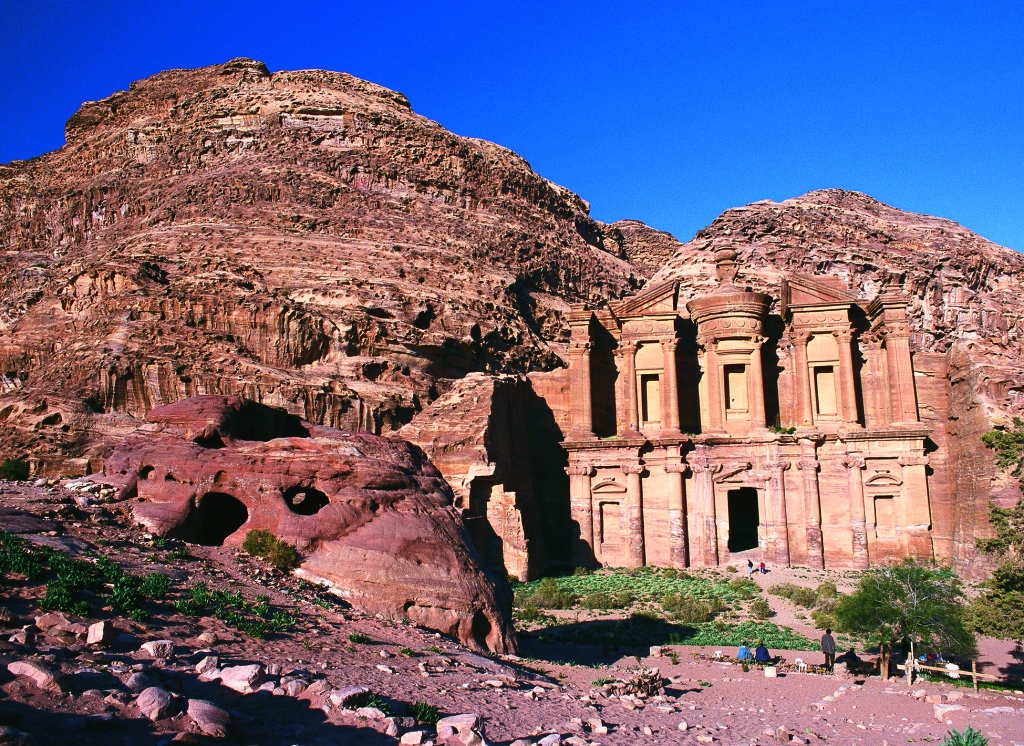
Image courtesy of Jordan Tourism Board
Changing colours were one of the many attractions of Petra, the former capital city of the Nabateans. These nomads with a reputation for being brigands and pirates controlled the Trans Jordan area in pre-Roman times.
Today visitors are greeted by palaces, temples, tombs, storerooms and stables carved from rocky cliffs and stunningly beautiful sheer and rugged sandstone hills.
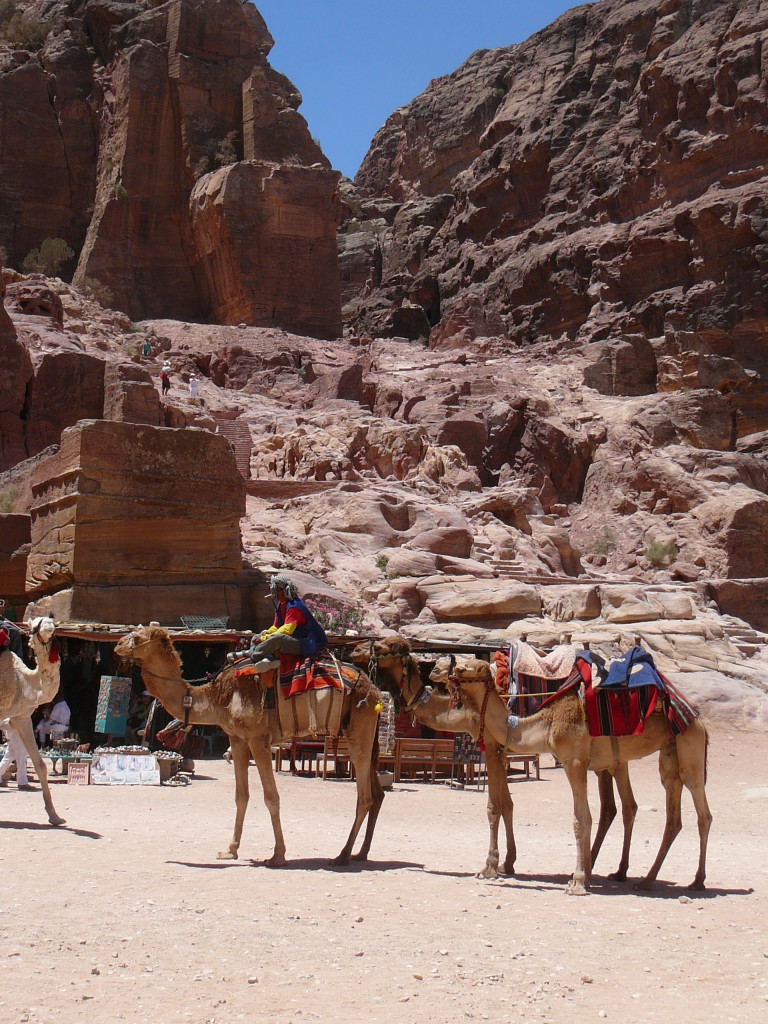
While both Petra and Wadi Rum have featured on my three trips to Jordan on my last trip, organised by Jordan Tourism Board, I discovered several `new’ attractions.
These included the 300 kilometre Dana Biosphere Reserve, the largest reserve in Jordan, managed by the Royal Society for the Conservation of Nature (RSCN).

More than 800 plant species and in excess of 449 different animals have been recorded here. However our introduction to the reserve was spectacular, thanks to a dramatic sunset over the mountains and the call to prayer coming from the local village. Our accommodation within the reserve, Feynan Ecolodge, arranged a visit to one of the local Bedouin families where we were shown how they made bread. That evening we learnt more about the stars. It was the perfect location.
While there’s no power in the 26 room lodge (a solar system provides hot water and lights in the bathroom, candles light the rooms and public areas) that didn’t stop the chef producing delicious vegetarian meals.
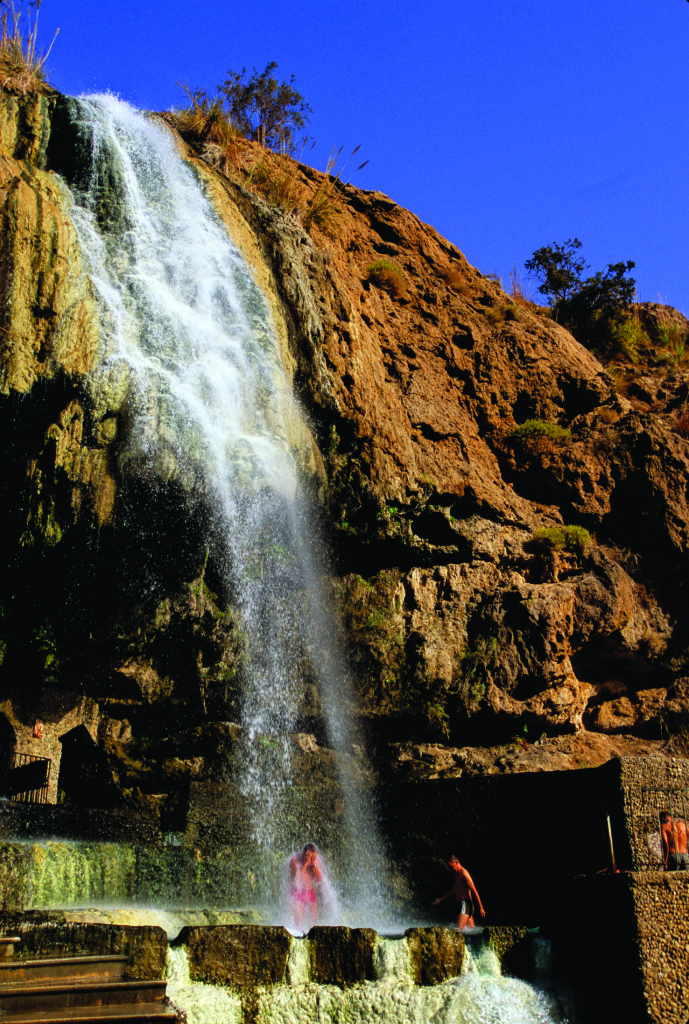
Contrasting with the `experiential but basic’ accommodation at Feynan was our next night’s accommodation – Evason Ma’in. Managed by Six Senses Resorts and Spa this five star hotel has more than 94 rooms and suites with all the facilities expected of such a property. Apart from the luxurious accommodation the main attractions here are the hot springs. The springs are located 264m below sea level and are fed from hyper-thermal waterfalls. They originate from winter rainfalls in the highland plains of Jordan and eventually feed the 109 hot and cold springs in the valley. This water is heated to temperatures of up to 63° Celsius by underground lava fissures. Some springs are accessible day and night while there’s also a private spring and waterfall within Evason’s impressive spa complex.
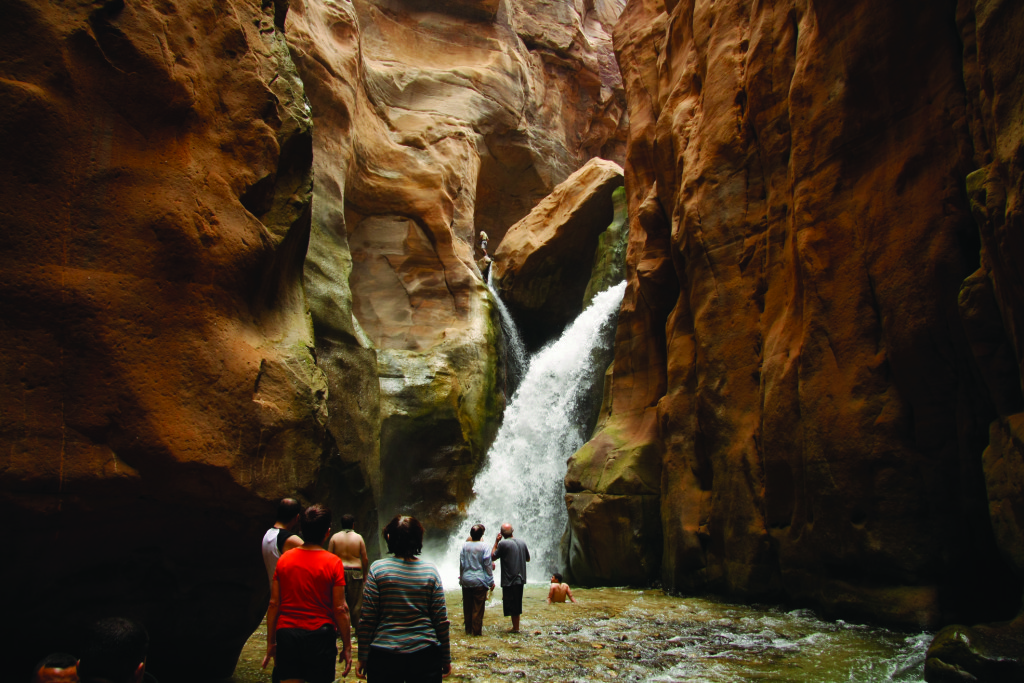
A soak in the springs provided the perfect way to end a day which included a walk in the water of the Wadi Mujib gorge. The gorge forms part of the Mujib Nature Reserve which is run by the RSCN and is the lowest-altitude nature reserve in the world. Those who walked described it as a great, if rather wet experience!
Another discovery was the Ajloun Nature Reserve. The 13 square kilometre reserve consists mostly of oak trees, interspersed with pistachio, pine, carob, and wild strawberry trees. Accommodation is provided in tents and in five comfortable cabins complete with small verandas and en-suite bathrooms.

A highlight of our stay here was dinner with a local family in Rasun village, organised by the reserve, fulfilling part of the Jordan Tourism Board’s aim of spreading the benefits of tourism to the local community. Our host Eyhab Shawashrah had just returned from Mecca and our meal included holy water and dates he had bought back with him. Dinner, which also included lots of fresh salads, bread, dips and local specialty dishes, was served in the family’s formal room decorated with very comfortable cushions and colourful carpets. Walking through the village to dinner we felt like rock stars as children ran out to welcome us and invite us to their homes for a drink.
During our stay in the area we also visited the Soap House and House of Calligraphy, two businesses established by RSCN to provide employment for local women. At the Soap House local ingredients including lavender, geranium, mint and pomegranate are used to create high quality handmade natural olive oil soaps. A guided tour explains how the soap is made. At the House of Calligraphy we learnt about Arabic calligraphy.
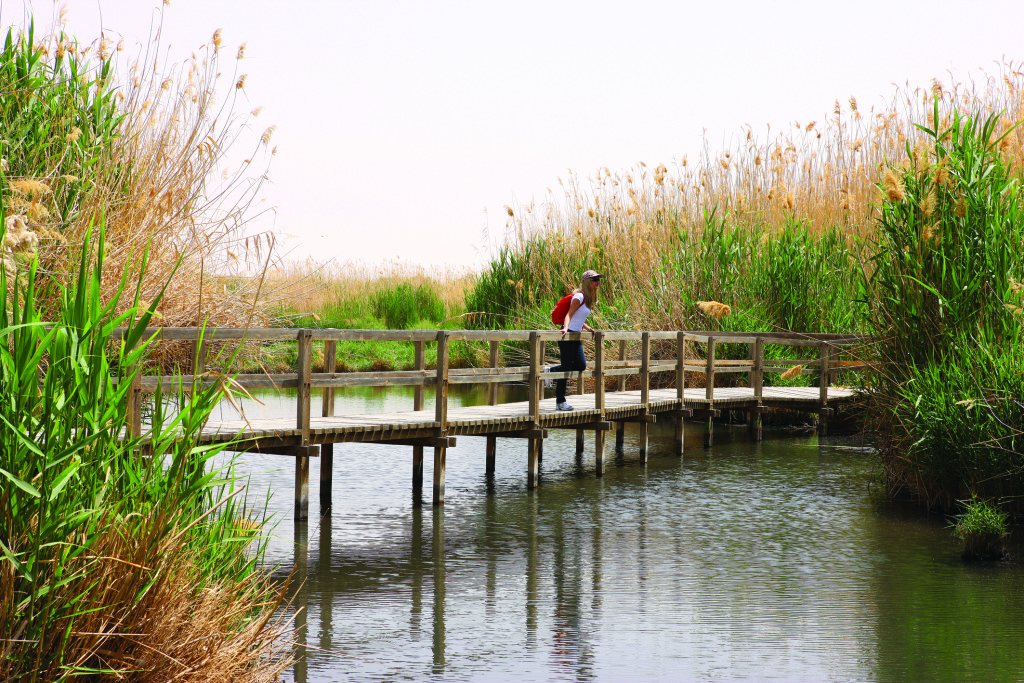
Lunch the next day was also spent with a local family – this time in Azraq city. Our host Abu Amer Tahsen also provided a great meal including local specialties. The visit was organised by Azraq Wetland Reserve, another nature reserve managed by the RSCN. Its attractions include several natural and ancient-built pools, a seasonally flooded marshland and a large mudflat. A wide variety of birds stop at the reserve each year to rest during their migration routes between Asia and Africa.

Contrasting with the water are the desert castles such as Quseir Arma, a UNESCO World Heritage Site. Built in the early 8th century by the Umayyad Caliph al-Walid I, it is one of the most important examples of early Islamic art and architecture.
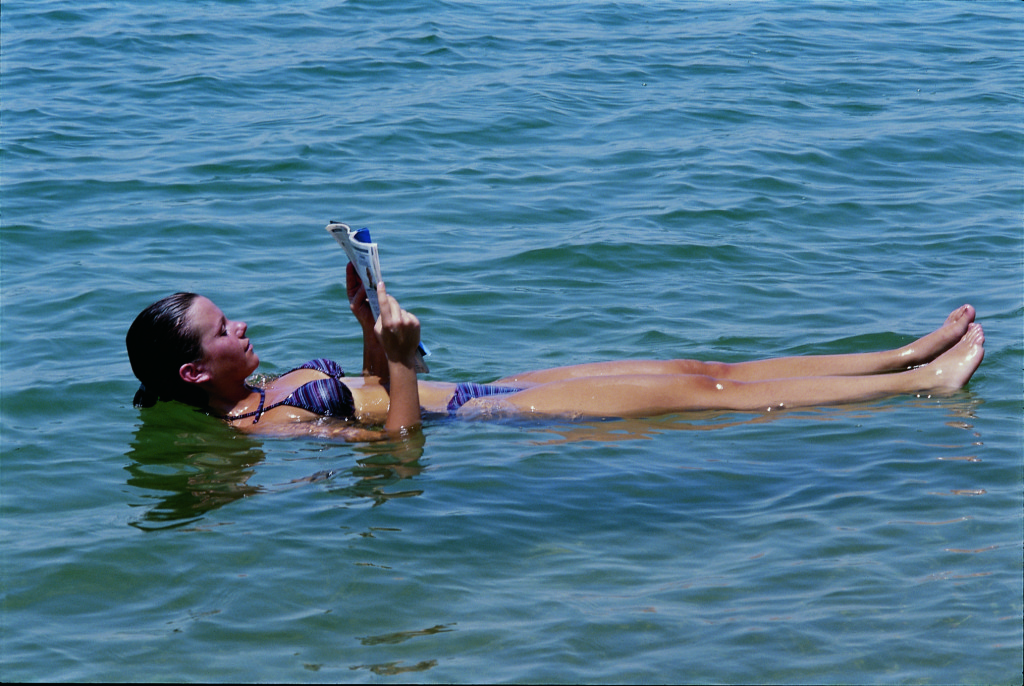
Providing a contrast to our other Jordanian experiences was the Dead Sea. The water here is 10 times saltier than sea water and rich in chloride salts of magnesium, sodium, potassium, bromine and several others. The sea has attracted visitors since ancient times including King Herod the Great and Cleopatra. Located on the banks of the sea, our hotel, Mövenpick Hotel Dead Sea, also provided Dead Sea mud which visitors are encouraged to use given the many health benefits it is said to provide. The less adventurous just chose a quick dip in the sea so they could say they had swum in the lowest point on the face of the earth (more than 422 metres below sea level).
Subscribe My Newsletter
Unsubscribe at any time.




